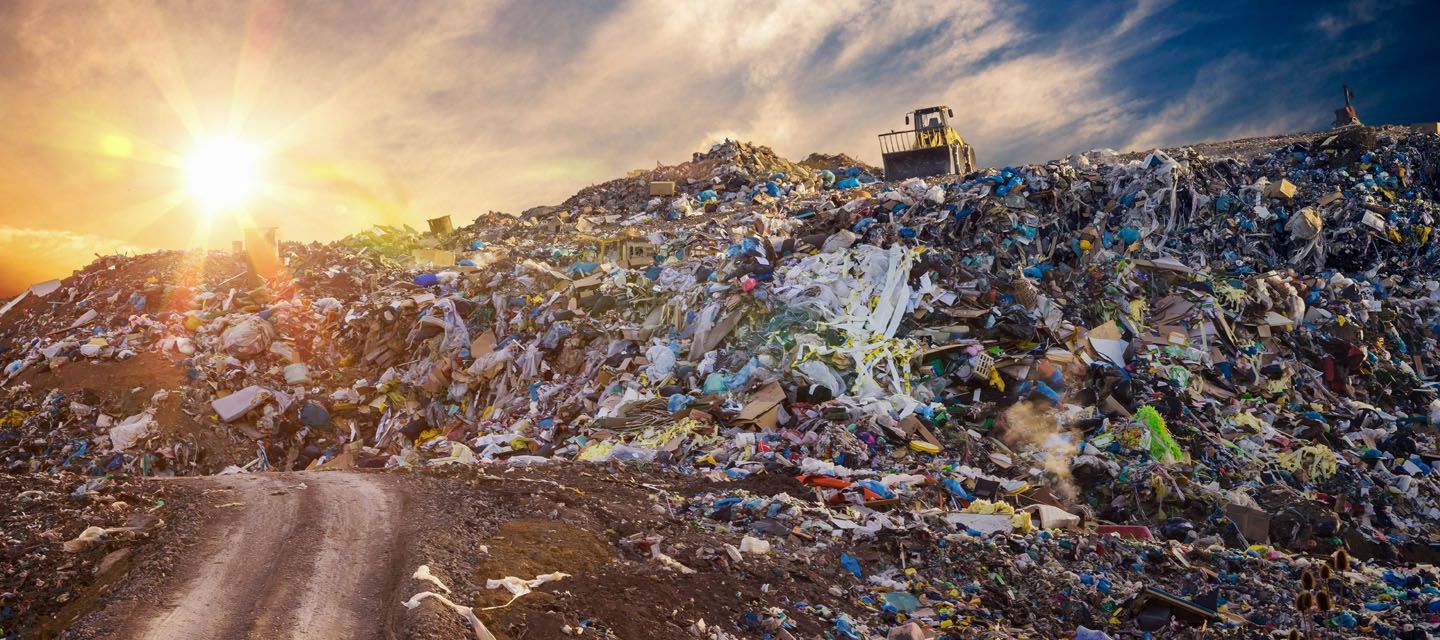Why Do I Need A Refurbishment Asbestos Survey?
It's crucial to have an asbestos refurbishment survey conducted if you're planning any renovations or refurbishments.

What is an asbestos refurbishment survey?
An asbestos refurbishment survey is a type of survey that is conducted before any refurbishment or demolition work takes place on a property. The survey is designed to identify any asbestos-containing materials (ACMs) that may be present in the property and provide recommendations for their safe removal. The survey is typically conducted by a licensed asbestos surveyor who will inspect all accessible areas of the property.
Why is an asbestos refurbishment survey necessary?
An asbestos refurbishment survey is necessary to ensure the safety of anyone who may come into contact with the property, including workers and occupants. If ACMs are present in the property, they can become damaged during refurbishment or demolition work, releasing asbestos fibres into the air. These fibres can be inhaled by anyone in the vicinity, increasing the risk of serious health problems. By conducting an asbestos refurbishment survey, property owners can identify any ACMs that may be present and take steps to remove them safely, minimizing the risk of exposure to asbestos fibres.
The legal requirements of an asbestos refurbishment survey
It is a legal requirement to conduct an asbestos refurbishment survey before any refurbishment or demolition work takes place on a property. The Control of Asbestos Regulations 2012 state that the Duty Holder (The person who is ultimately responsible for maintenance or repair of non-domestic premises) must manage the risk of asbestos exposure in the building. This includes identifying any ACMs that may be present and taking appropriate steps to manage them safely. Failure to comply with these regulations can result in significant fines and legal action.
The asbestos refurbishment survey process
The asbestos refurbishment survey process typically involves several steps. First, the surveyor will visit the property to conduct a visual inspection of all accessible areas. They will take samples of any suspected ACMs and send them to a laboratory for analysis. Once the results are available, the surveyor will provide a detailed report outlining the location and condition of any ACMs found and providing recommendations for their safe removal. If ACMs are present, the property owner must arrange for their safe removal before any refurbishment or demolition work can take place.
What happens after the survey?
If ACMs are identified during an asbestos refurbishment survey, the property owner must arrange for their safe removal. This typically involves hiring a licensed asbestos removal contractor who will remove the ACMs in accordance with strict guidelines to ensure the safety of workers and occupants. Once the ACMs have been removed, a follow-up survey may be conducted to ensure that all ACMs have been removed and the property is safe for refurbishment or demolition work to take place.
Choosing the right asbestos refurbishment survey provider
When choosing an asbestos refurbishment survey provider, it is important to ensure that they are qualified and most importantly, competent and experienced in conducting these types of surveys. The surveyor should be trained to identify all types of ACMs and provide detailed reports outlining the location and condition of any ACMs found. It is also important to choose a provider who is transparent about their pricing and can provide a detailed quote for the survey upfront.
The cost of an asbestos refurbishment survey
The cost of an asbestos refurbishment survey can vary depending on the size and complexity of the property. However, it is important to remember that the cost of the survey is a small price to pay compared to the potential cost of dealing with asbestos-related health problems in the future. The cost of removing ACMs can also vary depending on the amount and type of ACMs present. However, it is important to ensure that the removal is carried out by a licensed contractor to ensure the safety of workers and occupants.
Conclusion: Protecting your property and health
Asbestos can pose a serious risk to human health, and it is important to identify and remove any ACMs that may be present in your property. An asbestos refurbishment survey is a legal requirement before any refurbishment or demolition work takes place and can help you ensure the safety of anyone who may come into contact with the property. By choosing the right asbestos refurbishment survey provider and ensuring that any ACMs are removed safely, you can protect your property and the health of those who live or work in it.









